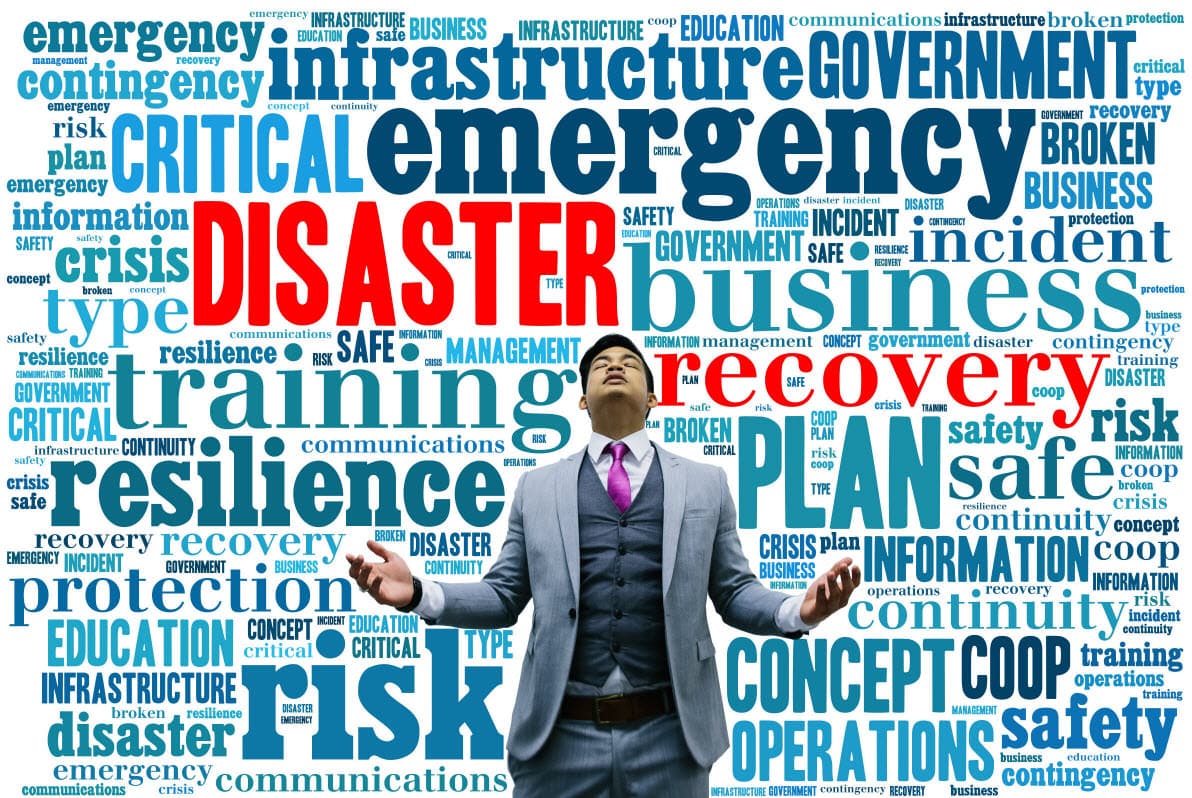Communication in a crisis is tough, emotions run high, accurate information can be hard to find and everyone wants to know everything immediately.
When a crisis occurs the event itself is the first crisis to manage but the second is the communication around the event. Mishandling communication with the public extends the life of the event and the negative impact it can have on your business.
We think about how to manage crisis every day at Bryghtpath. Crisis communication will always be challenging. Every organization has different tactics and goals. Every crisis is different. Over the last 20 years working in this business, we’ve collected some tips you can use to kick start the process of crisis communication planning for your business
Know your values
For any emergency in any size organization the communications plan is everything. A well documented and clearly communicated plan gives people concrete instructions on where to start and what to do in a time of high confusion.
What are the values that represent the true north for your organization? In a 2013 HBR article, Eric McNulty writes “Clearly shared values among leaders in the business can help prevent or resolve conflicts as operational options and objectives are weighed.”
The same could be said for every day operations and not just crisis situations, values guide actions.
Map your stakeholders and scenarios
Eric McNulty gives more great advice. “Map the constellation of situations and their stakeholders. This can be done on a whiteboard or sheet of paper. It doesn’t require a lot of detail; the purpose is to fix in your mind the awareness that you are dealing with a complex, dynamic problem.”
Choose three of the most common and likely scenarios your business could face and build communications plans around them. When a real crisis comes up, you can adjust the closest plan accordingly.
Build your team
During a crisis you’ll need internal leaders and communicators, outside experts, and those on the frontlines of the crisis to contribute to the knowledge you’ll use to determine action.
Leadership
Ideally, leaders should be media trained as part of their ongoing development and be comfortable as the face of the organization on camera and in biting interviews.
Additionally, leaders need to be close by to quickly approve communications strategy and messaging.
Communications Strategists
The communications experts will create messaging, distribute information, monitor trends, and report back to the group. Be sure to have an infographic designer and photographer/videographer on call. There are always complex ideas that need to be communicated in a crisis; images and infographics are invaluable for this task.
Those on the Frontlines
While this group is impossible to predict, you want to be sure that someone who has been impacted or is close to the crisis is sharing information on the conference bridge. You need to confirm what you are seeing in the media with someone you trust on the ground.
Outside Experts
Long before you have a crisis, establish a contact you can call for outside expertise in an emergency. For example, build a relationship with someone from the CDC if your organization could be impacted by a national epidemic.
For other businesses, it’s more applicable to have relationships with local police departments. Whatever comes up, you need a trusted third party you can rely on for contextual information.
Build your Plan
It might seem simple, but a good crisis communication plan spells out everything for the user and helps the team maximize every minute. The people implementing the plan may not be the same people who wrote the plan. You don’t want to be wasting time tracking down a key leader’s cell number or writing messaging that could have been done months ahead of time.
Contact List
For each contact, the list should include a full name, title, a pic, and complete home contact information. It’s not enough to list, “Head of Web Marketing.” You need to be able to reach everyone on this core team no matter what is going on and where they are.
Prepackaged Messaging
Write up media releases, employee messaging, and social media posts that will correspond with each of the scenarios for which you are planning. You can fill in the details and tweak the text to reflect a real event when one happens.
Process Steps
Clearly draw out what the process and timing will be for meetings, updates, and communications to leadership and stakeholder groups. Set up standing meetings during the day when the crisis team can come together and receive the updated information.
Channels
In a crisis, you’ll need to have unfettered access to your communications distribution channels. This means you have a high-volume conference bridge ready to go, a room big enough for the crisis team, and equipment like speakerphones and video chat at the ready. Additionally, the passwords to social media accounts, contact info for your preferred wire service and other services.
Printed Plans
Keep the plan in a place that is secure but accessible. Print each member of the team a copy of the plan so there is something to refer to if the digital version isn’t available.
Test and Learn
Once you have a plan in place, test it. A crisis communications drill will reveal gaps in your plan. It’s also a great way to get the team comfortable with the high emotions that are part of working on a crisis team. There is no better way to train someone to be calm in a crisis than practice.
Don’t ever consider the plan finished. McNulty writes, “It is critical to perceive the weak spots or holes in your efforts and take mitigating steps.” Maintaining the crisis communications plan is essential. Plan to always be updating your crisis communications plan. New threats emerge constantly as do new communication channels, both of which can leave your organization vulnerable in new ways.
Want to work with us or learn more about Crisis Communications?
- Our proprietary Resiliency Diagnosis process is the perfect way to advance your program. Our thorough standards-based review culminates in a full report, maturity model scoring, and a clear set of recommendations for improvement.
- Our Crisis Communications services help you rapidly grow and mature your program to ensure your organization is prepared for the storms that lie ahead.
- Our free Crisis Communications 101 Introductory Course may help you with an introduction to the world of crisis communications – and help prepare your organization for your next disruption.
- Learn about our Free Resources, including articles, a resource library, white papers, reports, free introductory courses, webinars, and more.
- Set up an initial call with us to chat further about how we might be able to work together.


